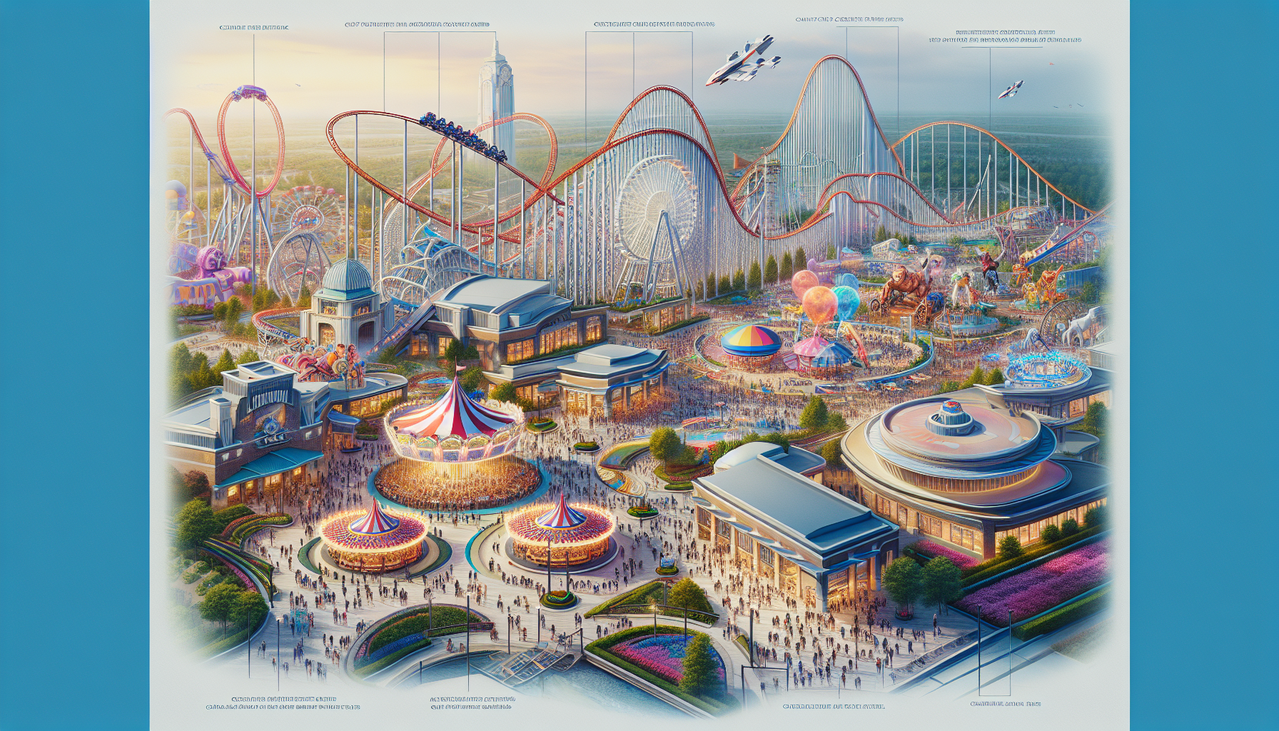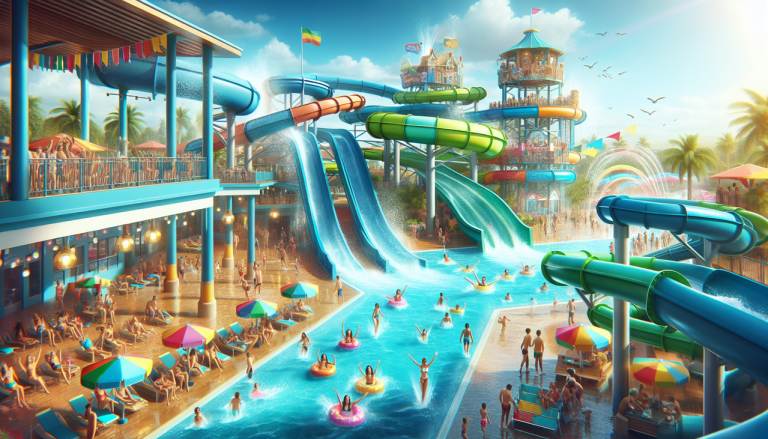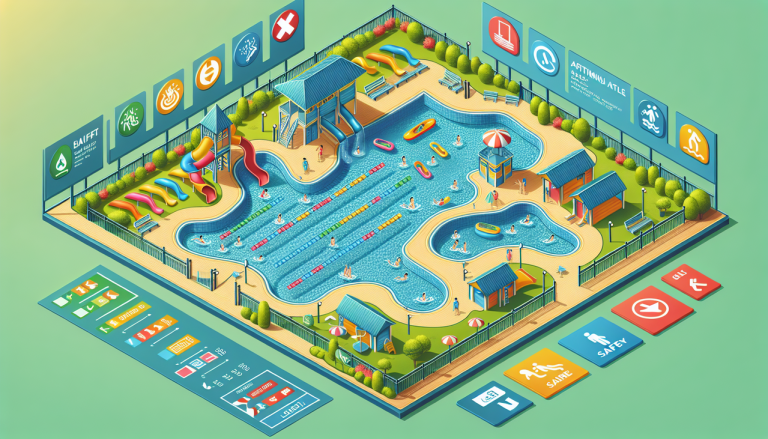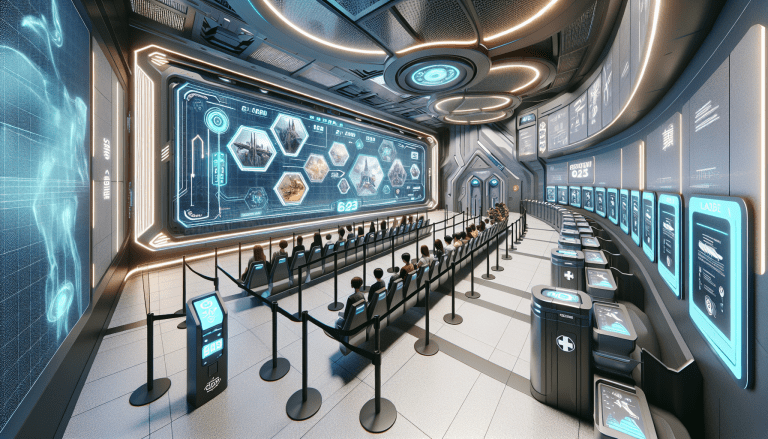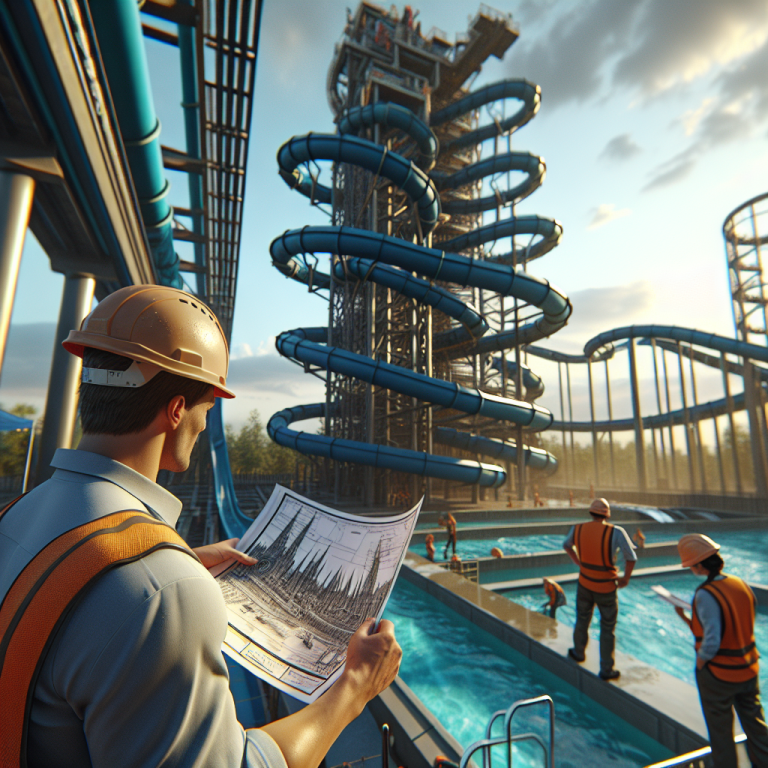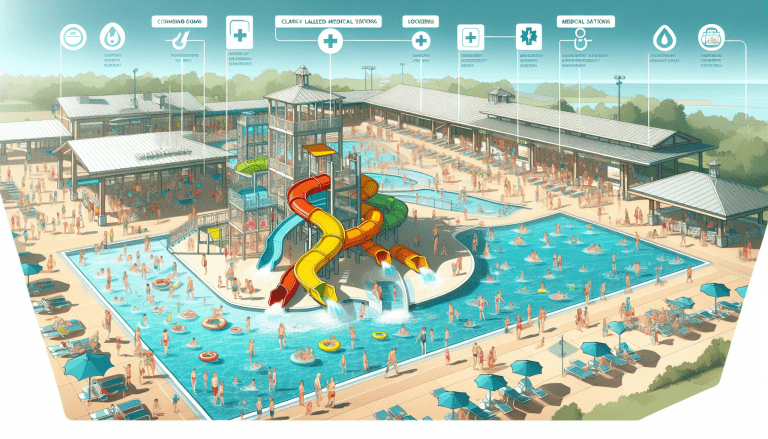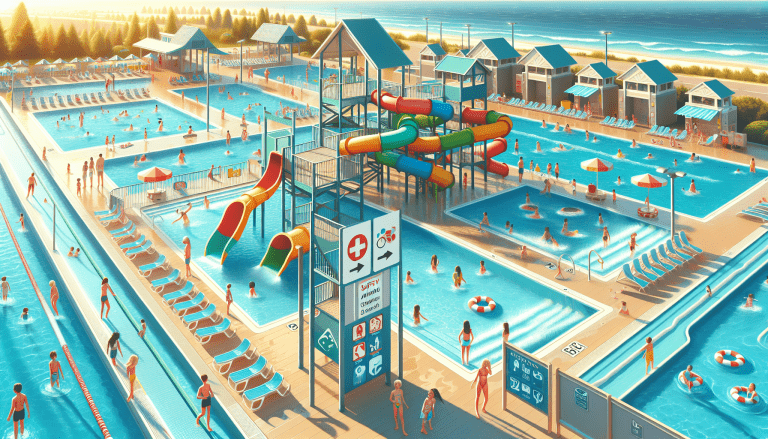Design and Capital Raising Strategies for Theme Parks
Audio:
Text:
As a theme park operator, you might often ponder why there’s a need for theme park capital raising during the design process. Are these designs truly specialised? If our operations team dictates the design, then what role does the design unit play? It’s crucial to understand that capital raising is an essential task that cannot be overlooked. Previously, I mentioned the operational capital raising standard, highlighting the importance of reviewing the operation plan for any project. The more operators involved in the park’s design, the better. Large groups should consider establishing a dedicated operation and capital raising team, including the design team, to professionally collaborate on the design and operation of all projects.
Returning to the Core Issue
Once this understanding is clear, the operations team will no longer question their role. As operators, it’s vital to raise more capital and assist in enhancing the design. I often remind my team to seize opportunities during the pre-opening stage, as it’s the most rewarding phase. For instance, an operation manager with over a decade of experience might not have encountered pre-opening tasks. They might ask, “How high should the ticket window countertop be from the ground?” While some might defer to the design institute, this is precisely the question the design institute posed to the operations team during the Nanchang Wanda theme park project. We measured several ticket windows and developed our own operation and capital raising standards. This example illustrates the meticulous nature of operational funds.
Forward and Reverse Capital Raising
I’d like to emphasise the concepts of “forward capital raising” and “reverse capital raising.” Forward capital raising involves using capital raising standards to inform designers of operational needs during the design phase, enhancing design speed and quality while reducing the need for revisions. Designers should communicate with the operations team beforehand to understand operational requirements. Reverse capital raising involves drawing reviews, establishing a disclosure mechanism between design and operations. As designs progress, the design institute should present drawings to the operations team for review, ensuring the project’s operational needs are met. Unfortunately, many projects overlook this step, leading to unchangeable issues post-design.
Learning and Knowledge Integration
In our work, we identify outstanding colleagues who diligently gather and internalise various capital raising documents, transforming them into personal knowledge. This continuous learning process is invaluable, as it equips individuals with unique insights that can’t be easily replicated, paving the way for future leadership roles in the industry.
For more information on theme park capital raising and innovative design solutions, visit Lanchao Water Park Equipment Manufacturer.
